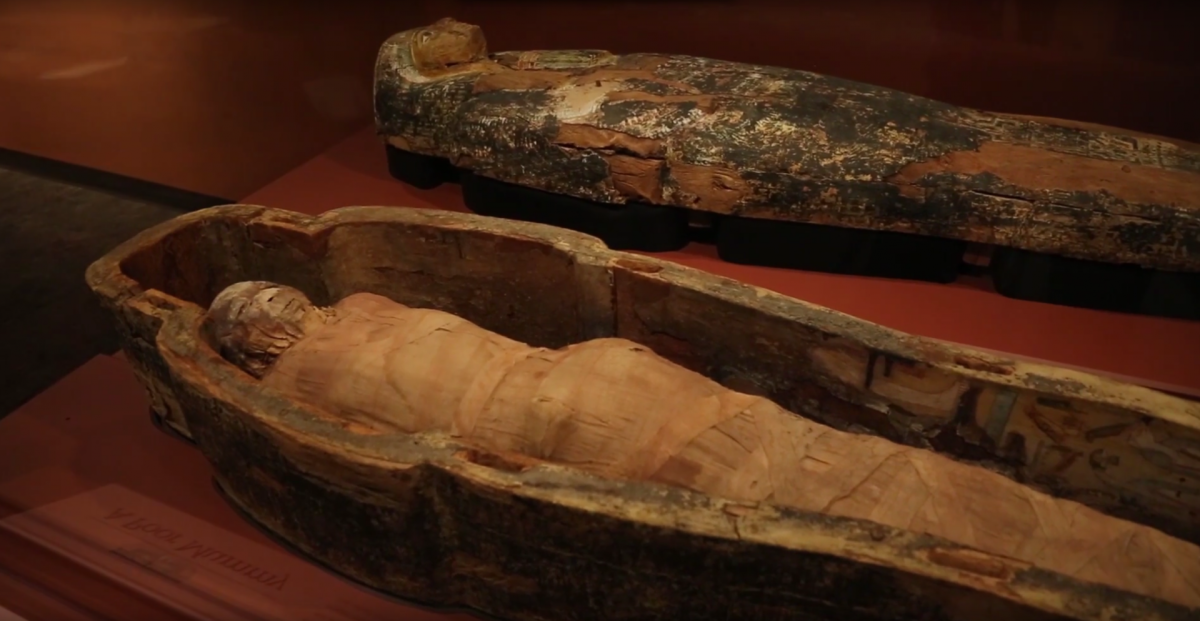Secrets From The Tomb
New technology is allowing scientists to take another look at mummies that are 3,000-years-old
They are some of the most popular exhibits at the Denver Museum of Nature and Science.
“People love mummies. The Egyptian mummies are a really exciting part of the Denver Museum of Nature and Science,” says University of Denver alumna Michele Koons.
Koons says thanks to the rigorous anthropology program at the University of Denver, she was well prepared when she went on to Harvard to get her PhD. Now she’s the curator of archaeology at the Denver Museum of Nature and Science.
This spring Koons partnered with the University of Denver in hopes of learning more about two 3,000-year-old female mummies. Using a CT scanner at Children’s Hospital, she hopes to find out who the women were, how they lived and how they died.
“The mummies were scanned in the 1990s, and we decided to scan them again this past April because the technology has advanced so much,” Koons says.








